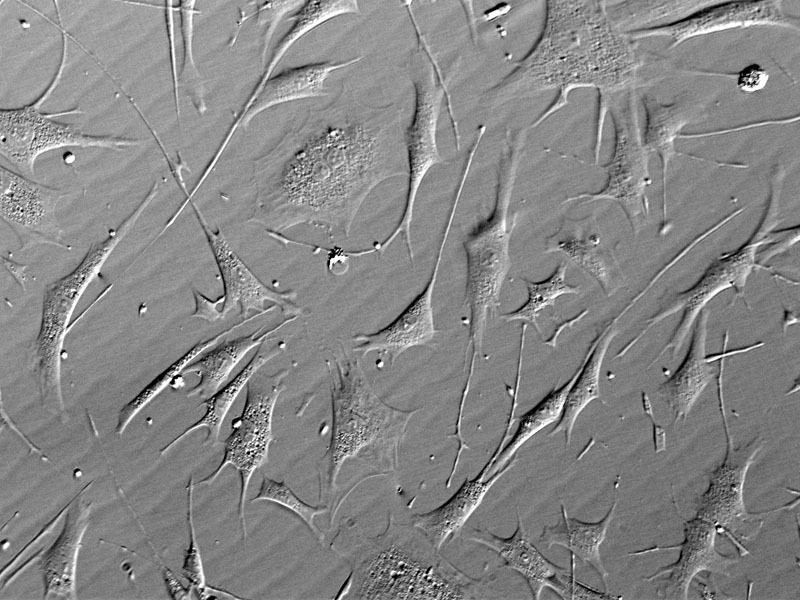Isolation of MSCs from Neonatal and Adult Tissues
Creative Cell isolates and cultures tissue stem cells from from various non-embryonic sources such as the bone marrow, adipose tissue, Wharton's jelly, and periodontal ligaments.
Bone marrow is the classical source of MSCs. The cell type was first discovered and characterized in this location. Bone marrow samples are obtained by aspiration or during orthopedic surgery.
Fat is an abundant tissue type, and an exceptionally rich source of MSCs. Thus, adipose-derived MSCs can be harvested from virtually any person. It is also important that unlike bone marrow donation, liposuction – the process of harvesting fat – is relatively painless and requires only minimally invasive surgery.
Wharton's jelly (WJ), the soft connective tissue of the umbilical cord, is a neonatal tissue full of highly versatile stem cells. WJ MSCs can be collected along with cord blood stem cells and cryopreserved for further use in tissue regeneration. Also, these very young cells allow exceptional insight for researchers into the nature of MSC multipotency.
Periodontal ligaments (PDL) are connective tissue fibers that anchor teeth to the alveolar bone. MSC-like stem cells from PDL are among the best candidates for oral tissue regeneration. PDL stem cells are easily obtained after tooth extraction, e.g. following the removal of impacted third molars.

Primary MSC culture. During isolation, plastic-nonadherent cells are discarded, while MSCs establish a monolayer on the culture surface.
Creative Cell Ltd. Puskás T. u. 13. 1119 Budapest, Hungary Phone: +36 (30) 41-44446, Fax: 36-1-372-4332

